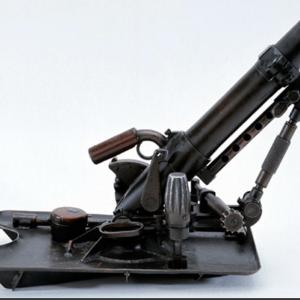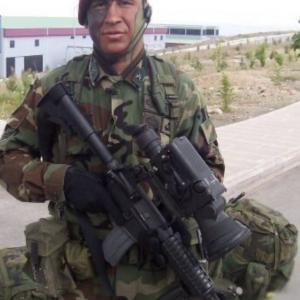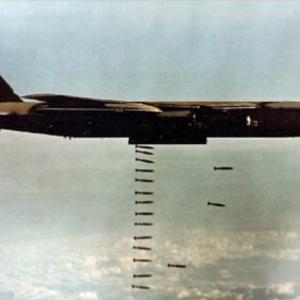
Historical battle
On October 25, 1854, during the Crimean War, one of the most infamous and tragic episodes in British military history unfolded at the Battle of Balaclava. Known as the Charge of the Light Brigade, this dramatic cavalry assault became a symbol of both extraordinary bravery and disastrous military miscommunication. The battle pitted the forces of the British Empire and its allies, primarily France and the Ottoman Empire, against the Russian Empire, as they vied for control over territories and influence in the waning Ottoman realm.
The Battle of Balaclava took place near the port town of the same name on the Crimean Peninsula. At this stage of the war, Russian forces were attempting to break through allied lines to disrupt the siege of Sevastopol, a key Russian naval base on the Black Sea. The Russian army, commanded by General Pavel Liprandi, fielded around 25,000 men, supported by approximately 78 artillery pieces. Opposing them were a much smaller allied force. The British contingent, commanded overall by Lord Raglan, was spread out across defensive positions and numbered about 3,500 men near the battlefield, supported by Turkish and French detachments.
The Light Brigade, a British cavalry unit led by Lord Cardigan, consisted of around 670 mounted troops drawn from several regiments, including the 13th Light Dragoons, the 17th Lancers, and the 11th Hussars. Light cavalry were traditionally used for fast, mobile operations such as reconnaissance and pursuing retreating forces, not for frontal assaults on heavily defended artillery positions. Nonetheless, on that October morning, due to a fatal miscommunication, the Light Brigade was ordered to attack a Russian artillery battery at the end of a valley — a position well-defended by Russian infantry and flanked by additional artillery.
The confusion arose from vague and poorly relayed orders issued by Lord Raglan, who had a higher vantage point and could see Russian movements that were not visible to commanders on the valley floor. His intention had been to prevent the Russians from removing captured Turkish guns from a redoubt. However, the written order, delivered by Captain Louis Nolan, was misinterpreted. Lord Lucan, commanding the British cavalry division, took the message to mean that the Light Brigade should charge directly into the valley toward a different, well-prepared Russian battery.
Despite realizing the near-suicidal nature of the order, the Light Brigade followed commands. With sabres drawn, they charged down what would later be known as the “Valley of Death,” flanked on both sides by enemy artillery that unleashed a devastating crossfire. The Russian defenders, numbering several thousand, had ample time to prepare for the oncoming cavalry. The Light Brigade reached the Russian guns at the end of the valley and engaged in close combat, but were quickly overwhelmed. After heavy losses, the survivors were forced to retreat back through the same deadly corridor.
The tactical result of the charge was a decisive Russian defensive success. Out of the approximately 670 men who rode into the valley, about 110 were killed, over 160 wounded, and nearly 375 horses lost. Only a small portion of the attacking force returned unscathed. The Russian forces maintained their artillery positions, and the charge had no strategic impact on the broader battle. However, the overall Battle of Balaclava was inconclusive, with neither side achieving a decisive breakthrough. The British managed to hold the vital port of Balaclava, preserving their supply lines to Sevastopol.
The outcome of the Charge of the Light Brigade, therefore, was a tactical failure caused largely by unclear communication and rigid adherence to the chain of command. The bravery of the cavalrymen was undeniable, but it was matched by the futility of the mission. Firepower, particularly the superior Russian positioning of artillery, played a crucial role in repelling the charge. The British cavalry’s light weaponry and lack of supporting infantry or artillery made their attack unsustainable against entrenched positions.
In the aftermath, public reaction in Britain was mixed. The disaster sparked outrage at the perceived incompetence of military leadership, but also inspired admiration for the courage and discipline of the soldiers involved. Alfred, Lord Tennyson's poem “The Charge of the Light Brigade,” published shortly afterward, immortalized the event in British cultural memory, portraying the charge as a noble sacrifice.
The impact of the failed charge did not shift the balance of the war but did lead to increased scrutiny of military organization and leadership within the British Army. It also highlighted the need for improved communication and coordination in modern warfare, lessons that would influence military reforms in the years following the Crimean War.










